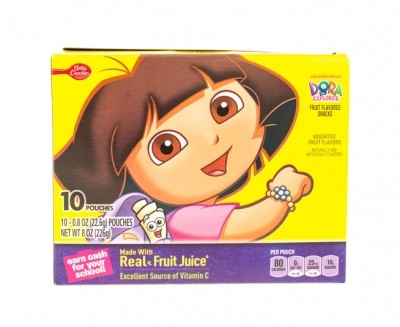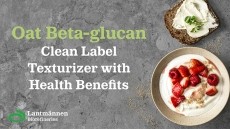Special edition: Food for kids
Study shows healthy eating programmes should target preschool years

Researchers in the US set out to examine preschoolers' and their parents' categorisations of food and eating-related cues such as time, portion size, preparation/packaging, content, and emotions as indicative of a “meal,” a “snack,” or “either.”
The study set out to test two hypotheses. First, the cues children and their parents indicated as useful in defining eating occasions. These would be indicated by cues categorised significantly differently than chance, and would be similar to those identified in prior research.
The second one set out to discover if parents would use the cues to better define eating occasions than their children. The study aimed to gain an understanding of whether cues for eating occasions are more associated with a meal or a snack for preschoolers and for their parents.
Thirty-four children aged 4-6 were given pictorial representations of each cue, along with a short verbal description, and were asked to place the picture in one of three boxes: “meal”, “snack”, or “either meal or snack”. One parent per child (85% mothers, Mean age = 35.1 years) separately categorised the same items in an online survey.
The results showed that parents used 24 of the 32 cue-related items to differentiate between eating occasions as a meal or a snack, while children used only four. Three of the four of children's classifications were related to content cues, while parent's classifications were found for the majority of items for four of the five cue areas assessed, with the exception of emotion cues.
Notably, parents and preschoolers both identified cartoon character packaging as indicative of a snack, and also used several of the same content cues.
Parent-influenced diet
“The prevalence of snacking has increased over time both for adults and for children,” the study noted. “Despite this, a clear definition of what snacking is, and what these eating occasions entail, has yet to emerge.”
The study adds to a relatively small body of evidence about how young children and their parents classify eating occasions, and what implications this has on their eating behaviours. As the results illustrate, children’s choices of food classification closely mirror that of their parents and their ideas about appropriate food-related behaviours are learned through experience.
“Parents and children were both able to use the provided cues to classify eating occasions, supporting the first hypothesis and consistent with prior research,” the
study noted. “Parents' responses reflected use of many more cues to classify an eating occasion as a meal, a snack, or either, than did children's responses. Therefore, the second hypothesis was also supported.”
The study recommended that any future research should focus on the role of parents, providing a pathway to the development of healthy eating habits through targeted parental modelling.
In addition the home environment and advertising media were considered significant in shaping children's characterisations of eating occasions toward development of healthy eating habits and away from problematic eating behaviors that may persist later in life.
Source: Appetite, Volume 97, 1 February 2016, Pages 1–7
Published online doi:10.1016/j.appet.2015.11.010
“Meals and snacks: Children's characterizations of food and eating cues.”
Authors: Jenna M. Marx, , Debra A. Hoffmann, Dara R. Musher-Eizenman



























